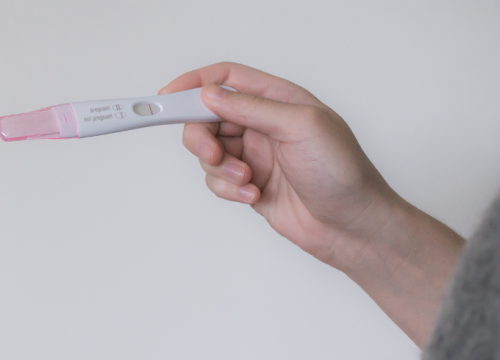
Have you heard of pelvic organ prolapse? Pelvic organ prolapse occurs when the weakening of a woman’s pelvic floor or damage to the pelvic floor causes a prolapse of the pelvic organs. The pelvic organs include the uterus, cervix, bladder, and rectum. When a woman experiences pelvic organ prolapse, they experience pelvic pressure or a bulge that protrudes from the vaginal opening.
If pelvic floor prolapse is left untreated, it can lead to significant diminishment in a woman’s quality of life. Symptoms include pelvic pressure, urinary incontinence (leakage), urinary frequency, issues with bowel movements, and sexual dysfunction. Unfortunately, the shame that often accompanies the symptoms can result in women struggling in silence.
Pelvic organ prolapse is actually quite prevalent, and it is estimated that one in 10 women will end up undergoing procedures to address pelvic floor disorders in the United States. There are, however, many others who have pelvic floor disorders as well and choose to manage it without surgery, so the actual prevalence of the condition is much higher and probably under reported. We know that all women are potentially at risk for pelvic organ prolapse, but those who gave birth vaginally and those whose mothers or grandmothers developed the disorder are at a greater risk.
I strongly recommend that any woman who is experiencing the symptoms of pelvic organ prolapse seeks medical treatment because these disorders can progress if left untreated. The sooner we are able to diagnose an issue, the sooner we can work on getting a care plan in place!
Fortunately, urogynecologists are able to provide variety of treatment options for these disorders. These include non-surgical approaches, such as pessaries and physical therapy, as well as minimally invasive surgical procedures, such as robotic / laparoscopic and vaginal reconstruction. Some of the advanced in-office procedures that we offer include botox bladder injections, urethral bulking injections, and peripheral tibial nerve stimulation.
If you are having symptoms of a pelvic floor disorder, I encourage you to call 201-221-0504 to make an appointment.

















